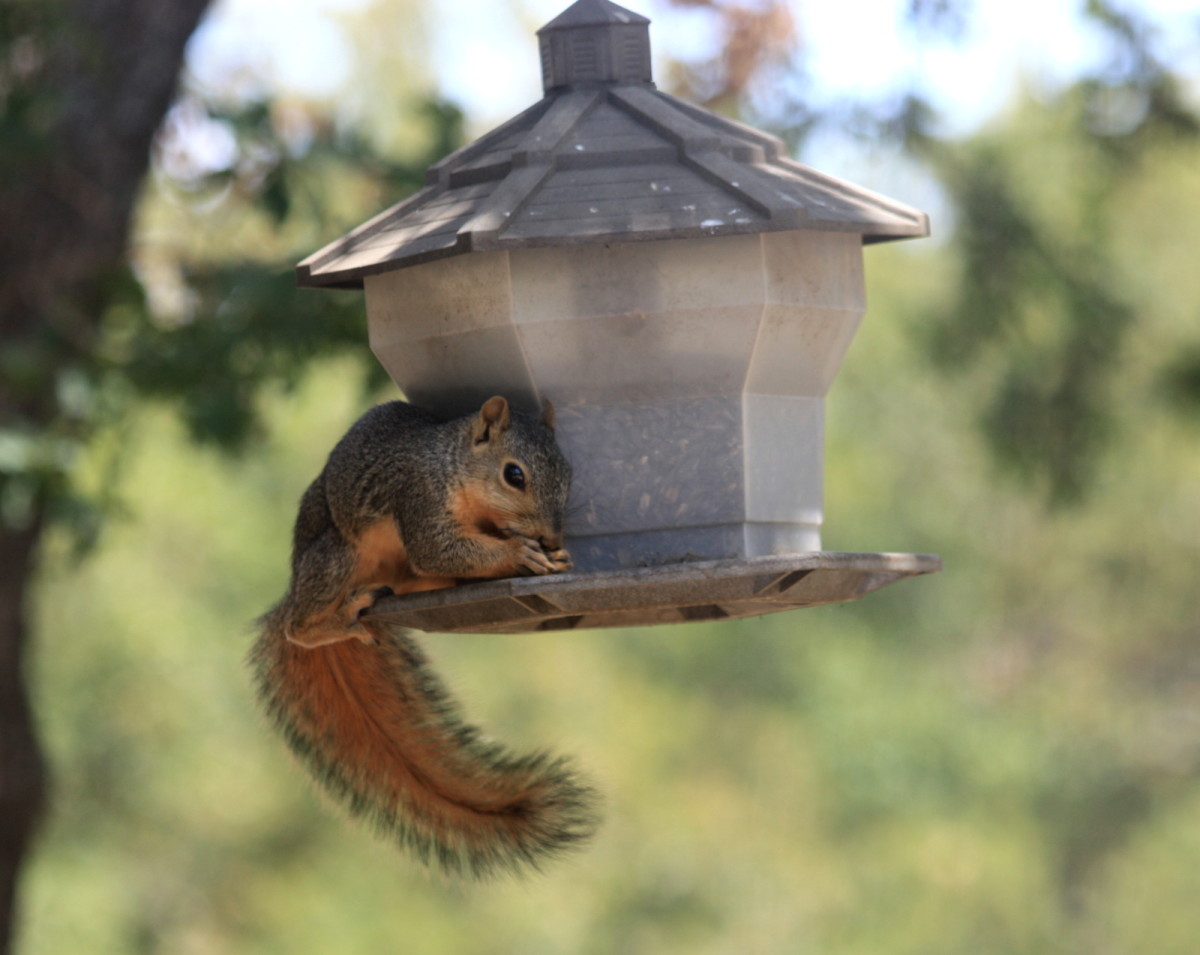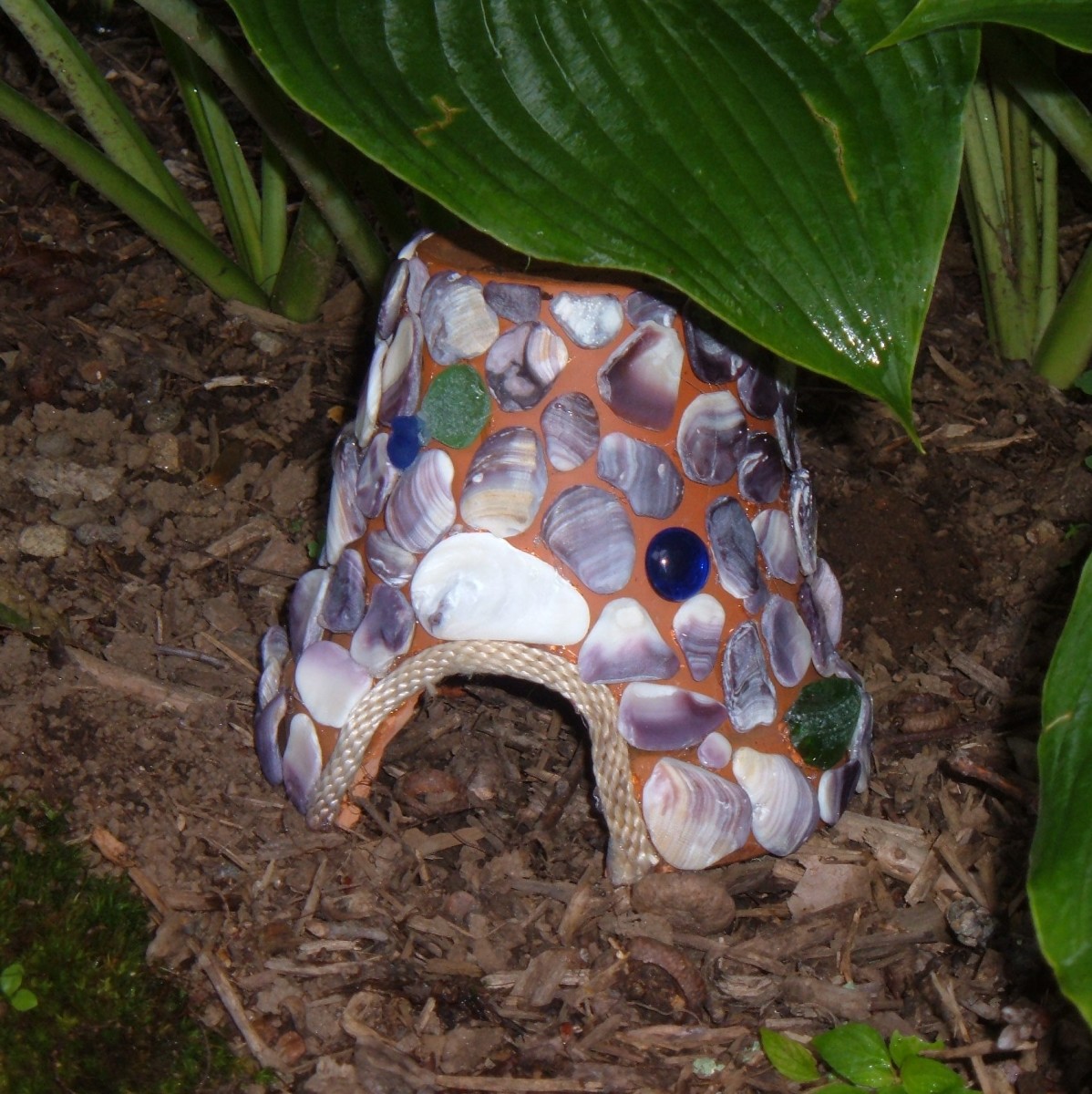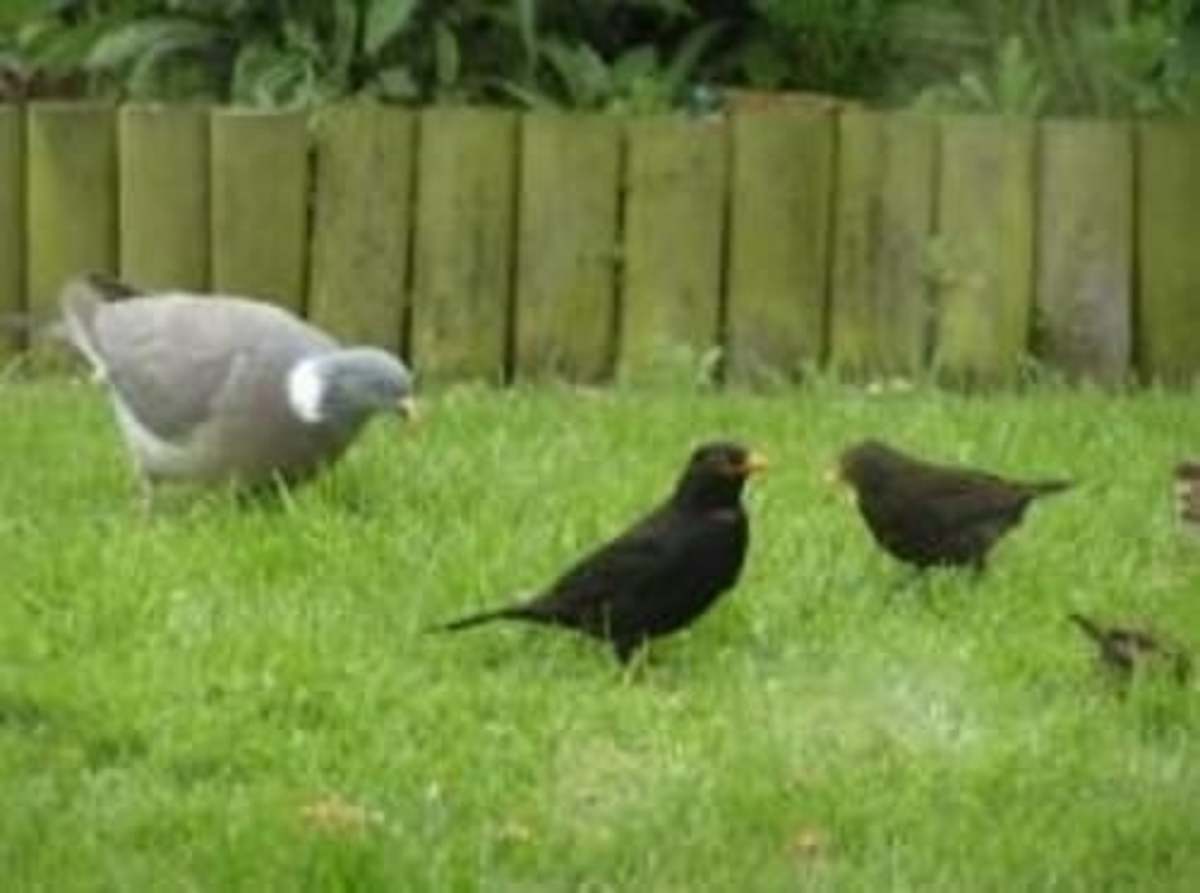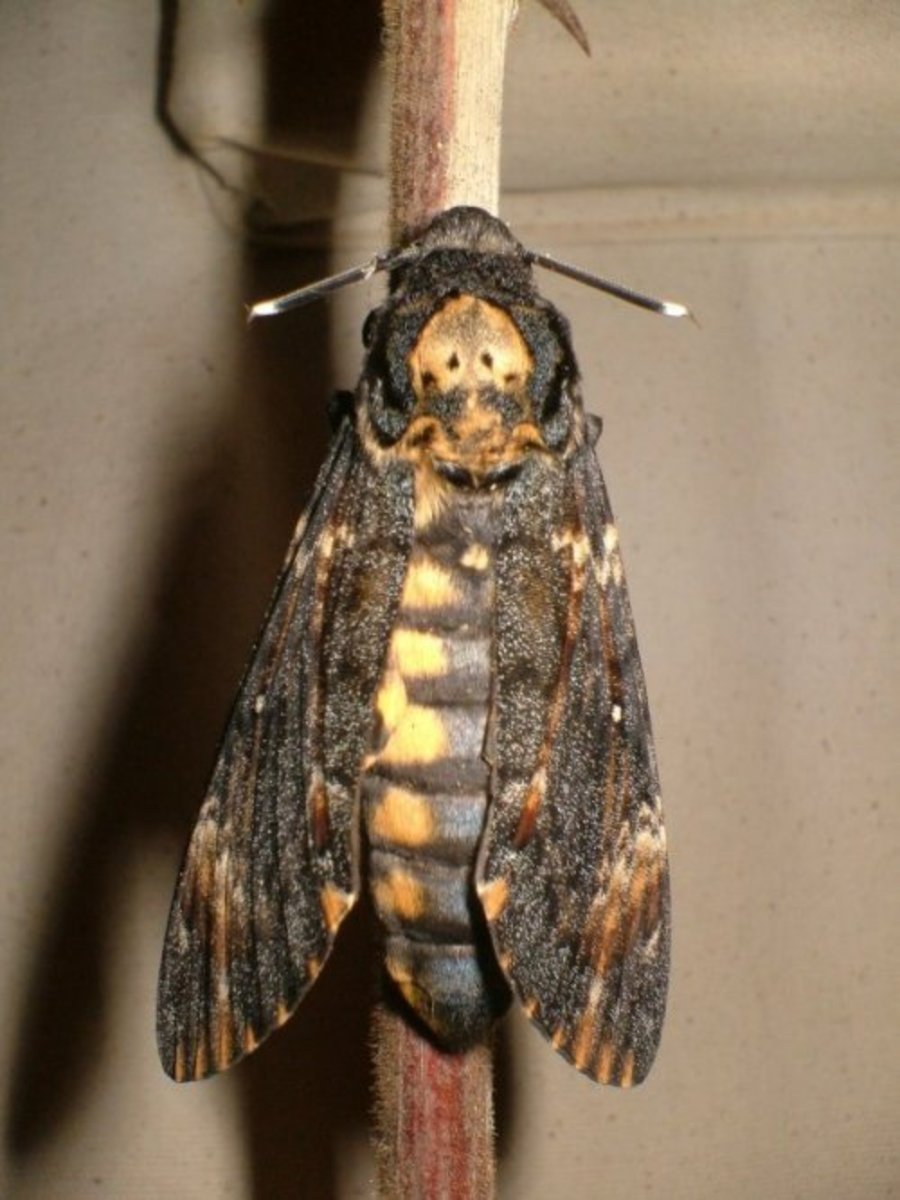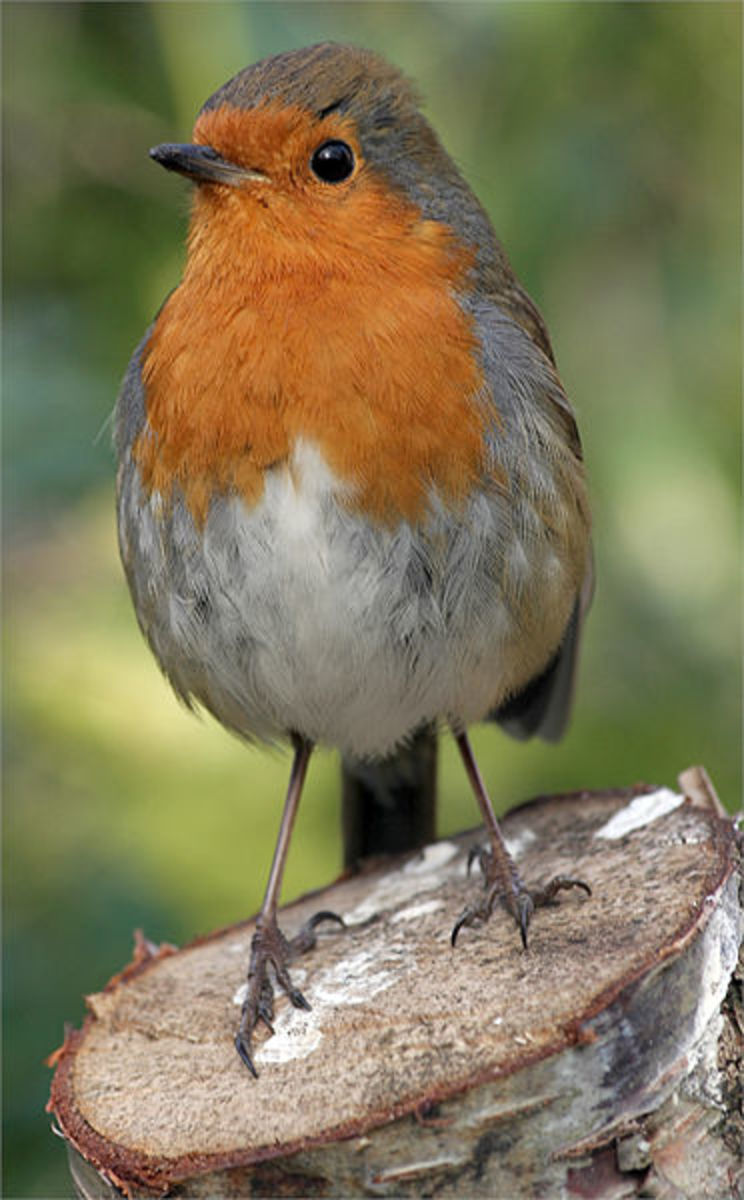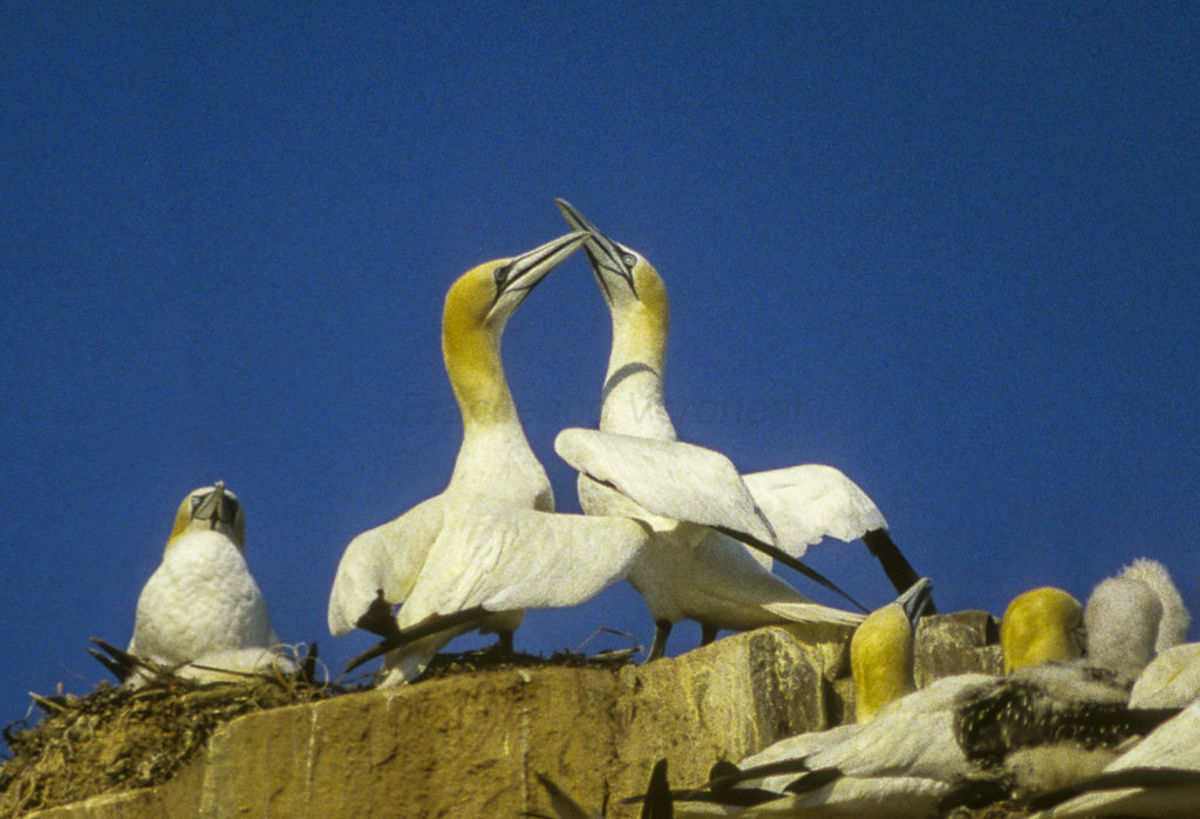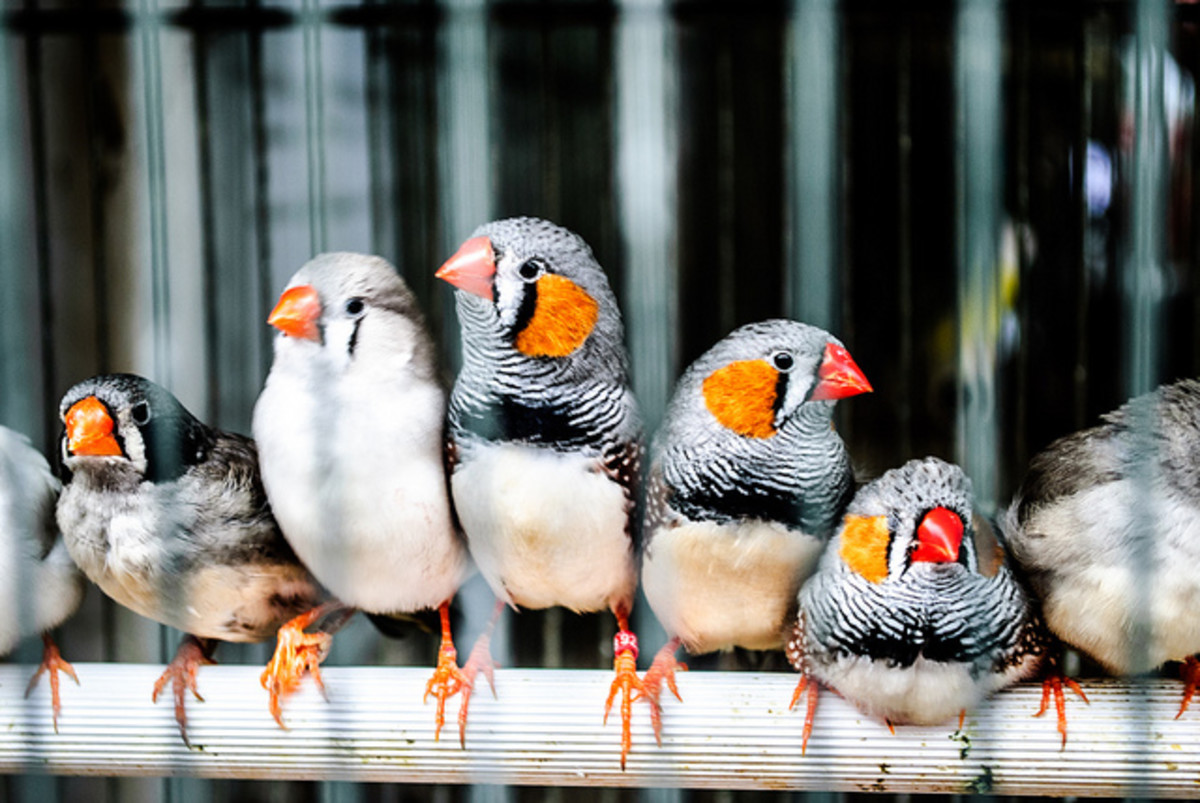Nurturing Nature at Home
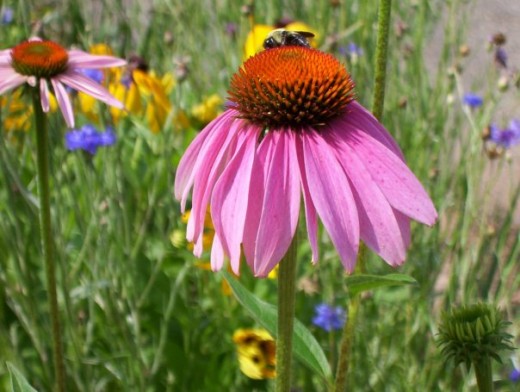
Modern progress is causing wildlife areas to become smaller. As this occurs, humans must give alternatives for animals and plants to thrive. One of the most obvious and convenient option is your own home and property. Any effort put forth can make a difference in the existence of wildlife. No gift to nature is too small.
My husband and I bought our first home in 1999; a small house on a half acre of land. From the start, we knew we wanted to have a property full of plants and trees that would attract wildlife. We set a goal to create a garden that could be certified by the National Wildlife Federation (NWF) as a Backyard Wildlife Habitat (BWH). The requirement for certification is creating a space that provides food, water, shelter and places for wildlife to raise their young. The program encourages organic gardening without pesticides. During the first year of home ownership, we established flowerbeds by tilling and adding organic matter, planting native, nectar and food producing plants and setting out birdfeeders, baths, and hummingbird feeders. Within one week of setting up a bluebird house, we had a pair to move in and produce a brood. We received certification in 2000 as a Backyard Wildlife Habitat.

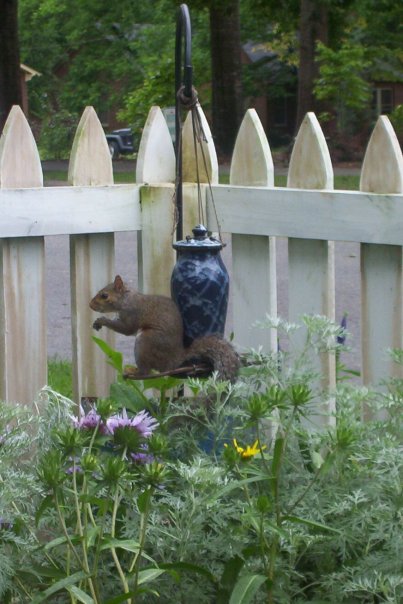
Creating a Quality Garden
You do not have to go to the extremes my husband, and I did to provide for wildlife. Simply gardening via pots and containers can attract creatures to your abode. Careful selection for plants can ensure that nectar and food will be provided for the wildlife you are inviting in. Remember to go with native and unimproved cultivars. Cultivated plants may have a distinct attributes that make them unusual and attractive, but, they have been changed from their original form and their characteristics have been altered. Cultivated plants usually have little scent, nectar and pollen. Quite frequently the plants are sterile and will not produce seeds; this will not attract seedeating birds to your home.
Of course, putting up bird feeders can give your property an enormous boost in the wildlife. In my experience, which is in the deep South, multiple feeders can attract a variety of birds that will delight and entertain you. We do not currently have any squirrel proof feeders but have had success with them in the past. We use only Black Oil Sunflower seeds and different varieties of suet. We have also found finches will not eat from the feeders but will feed directly off a mature sunflower. What a beautiful sight it is to see a yellow finch perched on a large sunflower head.
Suet is so vital for birds, as it provides the much needed fat which fuels the birds’ hectic lives. We keep suet out all year due to the incredible drought we are experiencing in Georgia. The drought is killing insects which supplement the diet of birds; suet takes the place of the insects. If you live in a particularly hot climate as we do, you can find the no-melt suet that works remarkably well.
Water is a critical element to a life supporting garden. Any home improvement store will have a limited choice of birdbaths for the garden. You can also find many artists online that create beautiful water features that can also serve as sources for wildlife. Many people have one birdbath in their garden but no source for ground feeders. My husband loves pottery, so when a piece gets broken, as some always do in our home; we place the pieces in the garden. The pottery can provide both a water source and shelter for ground bound creatures. If you live in a cold climate, you can add a heater to the water feature to keep the birds healthy all winter.
Wildlife needs places to raise their young. Due to encroachment into habitat by humans, many creatures have lost their natural places of abode. Bluebird numbers, for example, have been vastly diminished by destruction of habitat plus an introduction of competing non-native birds. Recent interests in bluebirds have helped their numbers to climb. Purchasing a nesting box made specifically for bluebirds will help in discouraging competing birds such as aggressive sparrows and starlings from taking over the home. Remember, thoroughly clean the nesting boxes after each brood leaves. This encourages many pairs to have a second round of little ones.
Do not be so anxious to remove debris during the fall months. Leave a pile of leaves for cover and warmth in a corner of your backyard to host creatures during winter months. Leave a tree limb in the same corner to encourage more wildlife to make it a habitat. Having an area where you do not weed and can let grow wild would even add to the attraction of more creatures. Animals are not attracted to well maintained lawns that have little to no benefit for them. Every little bit helps.

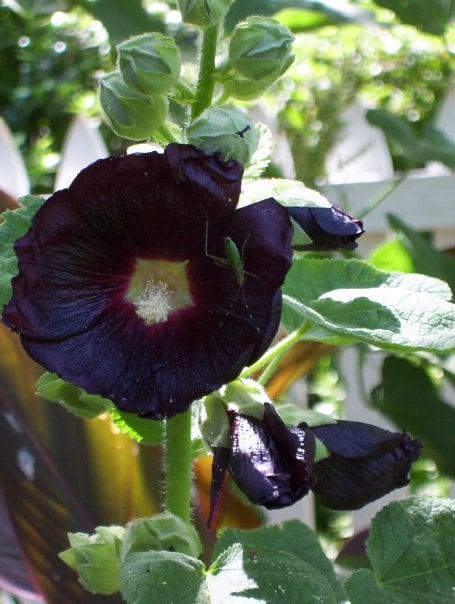
Choosing the Right Plants
You first need to find out which plants will and will not thrive in your area. Consult a local nursery to find out what plants they recommend for your climate zone. Here, are a few trees that will support wildlife:
Juniper-This prickly evergreen is ideal for nesting birds. The berries are tremendously popular with birds. A two for one, food and housing!
Crap Apple-Although humans do not like the taste of the fruit from this tree, birds love it. The flower blooms attract many honey bees too. It is a small tree that can work in urban yards.
Pecan-Humans and wildlife alike can benefit from this tree! A mature tree will produce enough pecans to feed your family and the neighborhood squirrels. Squirrels love pecan trees to raise their young because of their sturdy limbs and access to food.
Shrubs are another way to add beauty and value to your property while providing nectar and food for animals. Here, are a couple of suggestions:
Butterfly Bush-The name says it all, it attracts butterflies but also honeybees and hummingbirds. If I had to pick a bush for a person who wanted low maintenance plus beauty, this would make the cut.
Rosemary-Is another low maintenance shrub with tremendous results. Rosemary attracts honeybees, ladybugs and is used in cooking. We have several bushes and have used it in decorating many times, especially during the holidays. It has survived our heated summers and a few snow storms. I cannot recommend this plant enough!
I hope the tips included in this Hub helps you to see that small additions and changes to your yard can make a monumental difference to wildlife. Bird and squirrel watching can be fun and relaxing at the end of a hard day. Enjoy nurturing nature in your own way!

Additional Hubs that Nurture Nature
- How and Why to Plant Trees
When we were living in Northern Ontario every spring and fall our morning would begin with the bird chorus from all the songbirds that were passing through. The area we live in was well treed and we had three... - Plant Trees and Shrubs That Add Interest to a Garden...
If you love a beautiful garden there is no reason not to have one all year long. But all too often, we experience a rush of beauty in spring, and tons of color in summer that dribbles off in autumn. Create interest in your winter landscape by plantin
Certified Backyard Habitat
Resources for Nature
About the Author
Catherine Dean is a freelance writer, gardener, quilter, and blogger. Her professional background includes nonprofit program development, grant writing, and volunteer management. She holds a Bachelor of Science in Mass Communications from Georgia College & State University.
Her blog, Sowing A Simple Harvest, chronicles a modern couple trying to live a simplistic, sustainable life. To explore her professional credentials, visit her website. She can also be followed on Google+.


